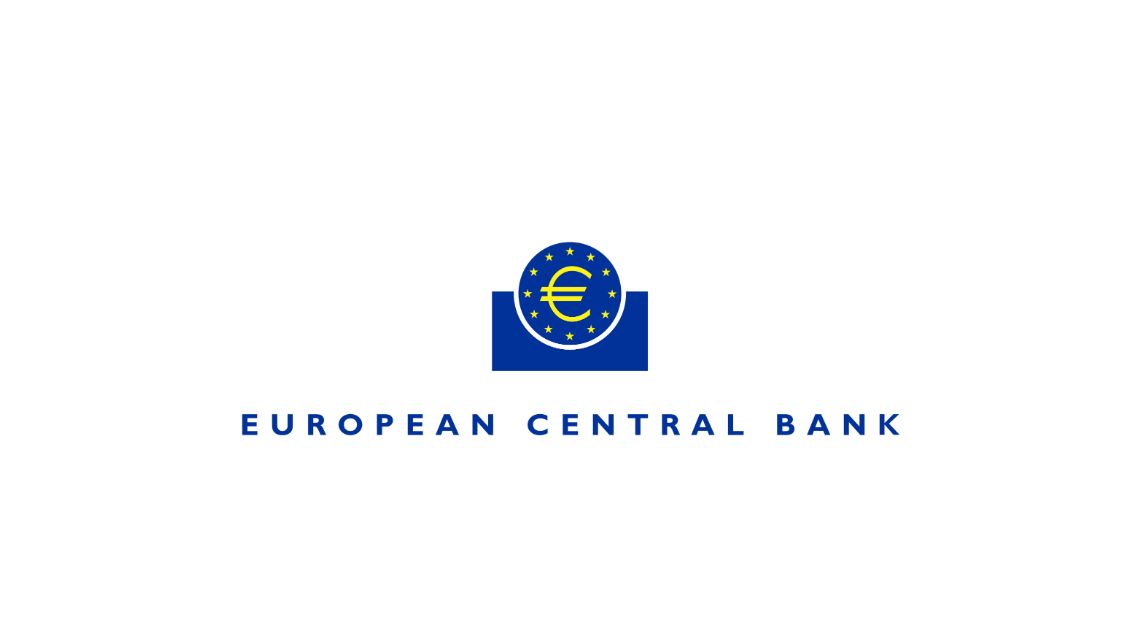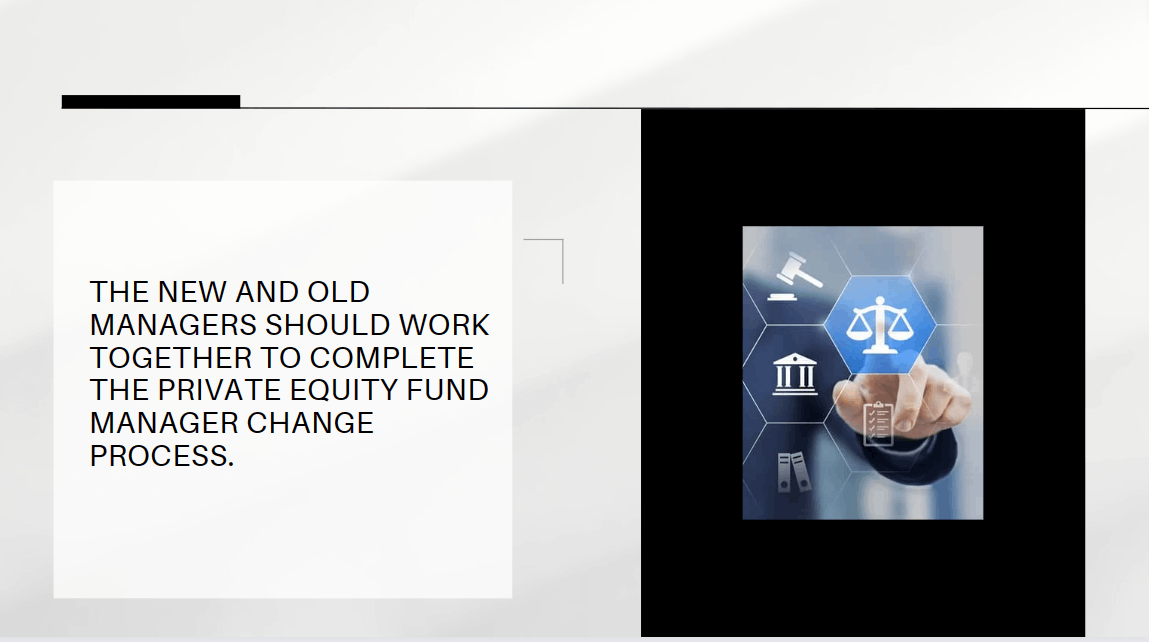China's New Financial Architecture for Tech: How a Trillion-Yuan Strategy Is Reshaping Innovation Capital
This article contains AI assisted creative content
With policy tools spanning venture capital, credit, insurance, and bond markets, China's emerging model seeks not only to bridge innovation financing gaps but also to manage long-duration risk with systemic precision.
For international financial institutions, the shift offers more than a domestic case study—it provides insight into how large emerging economies might structurally rewire their financial systems to serve strategic innovation. In a world increasingly defined by technology sovereignty and industrial policy, China's trillion-yuan capital mobilization strategy is both a signal and a stress test.
A Venture Capital Backbone with Scale and Patience
Launched under the National Venture Capital Guidance Fund, China's flagship initiative aims to channel nearly 1 trillion yuan(approx. $140 billion) in local and private capital into tech-focused startups. Announced during the 14th National People's Congress in March 2025, the initiative is designed to “tolerate a higher failure rate,” with a longer-term investment horizon than traditional institutional models.
Rather than allocating capital directly, the fund operates through a market-oriented “mother fund” structure, co-investing with private partners. This model is already familiar to global investors—but China's scale and coordination across regions and industries stand out. The goal is to de-risk early-stage investment in high-barrier technologies that lack quick commercial paths but hold long-term industrial value.
This is particularly relevant for global development institutions and sovereign wealth funds in Latin America, Southeast Asia, and the Middle East, where public capital often plays a catalytic role but lacks structured coordination with private sector expertise.
Building a “Technology Board” in the Bond Market
A less visible but equally significant pillar is unfolding in China's bond market. On May 7, 2025, at a State Council press conference, regulators announced the rollout of a “Technology Innovation Bond”platform, informally referred to as the bond market's equivalent of a tech board.
Over 100 financial institutions are already planning to issue more than 300 billion yuan in such bonds. These instruments are designed to provide credit access to tech enterprises that fall between traditional equity financing and bank lending—particularly those in capital-intensive or pre-profit stages.
This innovation echoes recent experimentation in countries like Brazil and Chile, where infrastructure and green bonds are being adapted for digital and industrial innovation. For global debt capital market participants, China's model raises new questions: Can credit pricing incorporate R&D metrics? Should sovereign or development banks guarantee portions of deep-tech corporate bonds?
Quantifying Innovation: The Rise of “Innovation Points”
Since 2020, China has piloted a data-driven evaluation system in national high-tech zones to score the innovation capabilities of tech enterprises. These “Innovation Points”, as defined by the Ministry of Science and Technology, factor in metrics such as patent quality, R&D staffing, and tech transfer outputs.
Enterprises with high innovation scores can access unsecured credit and innovation-linked loans, even in the absence of physical collateral or operating profits. This approach reorients financial due diligence away from pure cash flow metrics and toward forward-looking scientific capacity.
The idea may be provocative for lenders in emerging markets, where bankability and informality often block high-potential firms. While China's scoring system is centrally managed, it could inspire regional development banks or fintechs elsewhere to experiment with alternative credit assessments for science-based SMEs.
Banking on Tech: Specialized Branches and Tailored Lending
Regulators have encouraged commercial banks to establish dedicated tech branches in innovation clusters such as Shenzhen, Suzhou, and Chengdu. These branches are staffed with sector-specific teams and tailored underwriting models focused on early-stage firms.
In parallel, Beijing relaxed key provisions of the Commercial Bank Acquisition Loan Risk Management Guidelines to support consolidation among tech firms. As of March 2025, banks can now issue acquisition loans covering up to 80% of the transaction value for “control-type” tech acquisitions (up from 60%), with terms extending up to 10 years.
This reform allows strategic mergers in fields like semiconductors or industrial software to be financed more flexibly—an approach that may interest financial players in emerging innovation hubs such as Mexico's Guadalajara or São Paulo's tech corridor.
Risk-Sharing Through Technology Insurance Consortiums
Perhaps the most underappreciated tool in China's financial reform is the launch of Technology Insurance Consortiums—multi-carrier insurance arrangements aimed at covering the high failure risk of breakthrough innovations.
Announced alongside the bond initiative in May 2025, these consortiums are expected to support policies covering robotics, drones, and other high-uncertainty sectors. The goal is to provide downside protection not only for enterprises but also for their lenders and equity backers.
This structure mirrors established models in OECD countries, such as the UK's Pool Re for terrorism risk or Germany's Euler Hermes-backed export guarantees. In the tech context, such mechanisms could serve as a blueprint for reinsurance-backed innovation coverage in Latin America or Africa—especially where traditional insurers have little appetite for tech-sector risk.





















































First, please LoginComment After ~